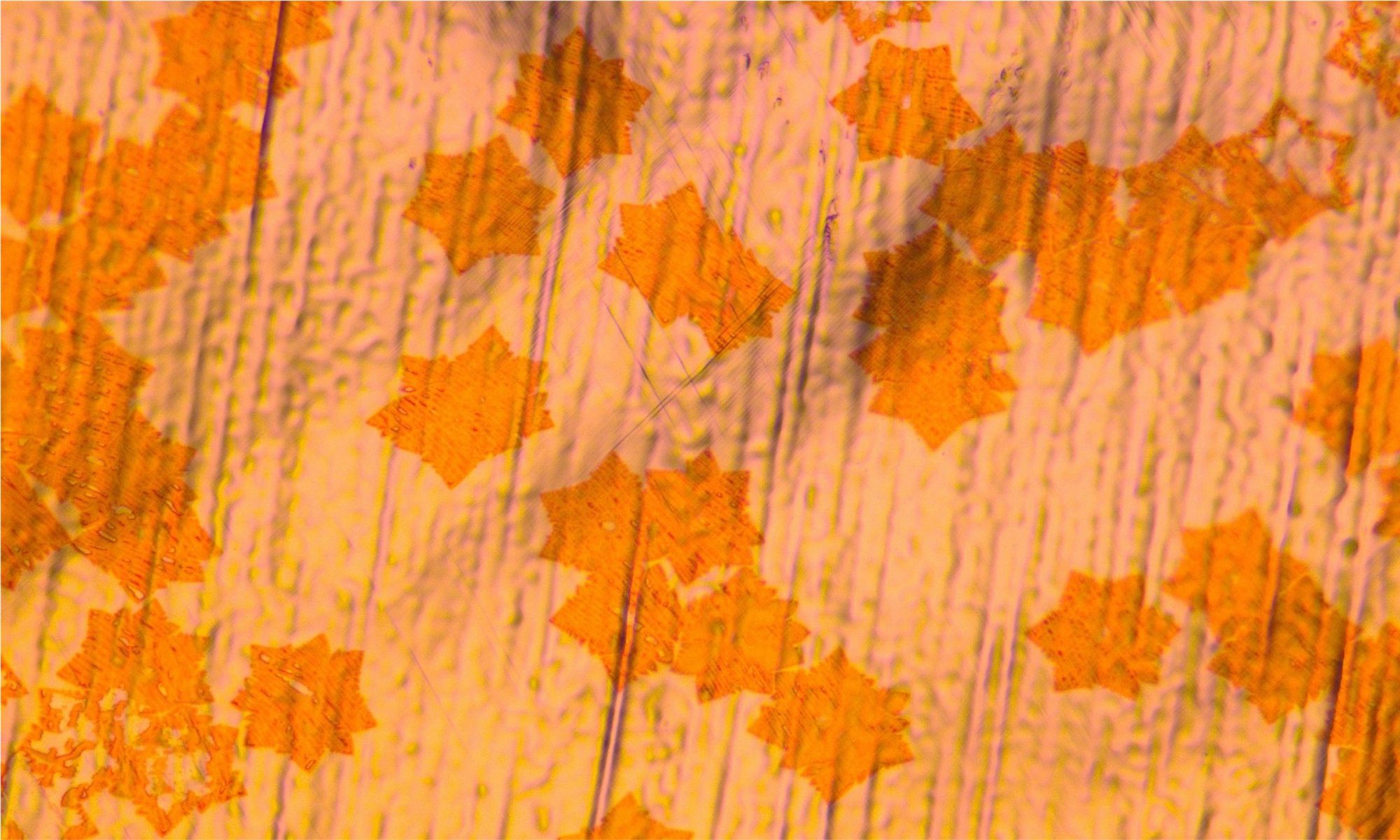The Aachen Graphene & 2D Materials center has gained a new member: Prof. Sven Ingebrandt, head of the Chair for Micro- and Nanosystems and of the Institute of Materials in Electrical Engineering 1 (IWE 1) at RWTH Aachen University.
Continue reading “Prof. Sven Ingebrandt joins the Aachen Graphene & 2D Materials Center”Omnipresence of viscous flow in graphene devices
Imaging the complex streaming patterns of electron flow in graphene field-effect transistors, researchers from RWTH Aachen University and AMO GmbH have found evidence for local spots of viscous electron flow even at room temperature in devices with moderate mobility, implying that viscous electron flow is omnipresent in graphene devices. The results have been reported in Nano Letters.
Continue reading “Omnipresence of viscous flow in graphene devices”November Workshop of the Aachen Graphene & 2D Materials Center at SuperC
On November 15-16, 2021, the members of the Aachen Graphene & 2D Materials Center will meet up for an internal workshop, where each group will present and discuss its current research questions and latest results.
Continue reading “November Workshop of the Aachen Graphene & 2D Materials Center at SuperC”Welcome to Ms. Babita Negi
The Aachen Graphene & 2D Materials Center welcomes a new master student from India, Ms. Babita Negi, from the Indian Institute of Technology, Kharagpur.
Continue reading “Welcome to Ms. Babita Negi”A new Erasmus+ fellow joins the Center
The Aachen Graphene & 2D Materials Center welcomes Aniello Pelella, who has just joined the Chair for Electronic devices with an Erasmus+ Traineeship.
Continue reading “A new Erasmus+ fellow joins the Center”A new paradigm of THz-energy harvester based on graphene
Future-shaping concepts such as wearable electronics and the Internet of Things are driving the quest for low-power electronics and for energy harvesting at the device or at chip level. Researchers from AMO GmbH, RWTH Aachen University, Chalmers University and the University of Wuppertal have now developed a novel type of flexible energy harvester, which shows good prospects for powering wearable and conformal devices.
Continue reading “A new paradigm of THz-energy harvester based on graphene”An accurate measurement of the spin-orbit coupling in single-electron bilayer graphene quantum dots
For applications in spin-based electronics and quantum computation, it is crucial to understand quantitively how the electron spin is coupled to the orbital degrees of freedom. In bilayer graphene this is a notoriously difficult task, given the tiny size of the energy scales involved. Researchers from RWTH Aachen University have now managed to accurately measure the spin-orbit coupling in single-electron bilayer graphene quantum dots, exploiting the extreme energy sensitivity of a double-dot device. The result has been reported in Nature Communications.
Continue reading “An accurate measurement of the spin-orbit coupling in single-electron bilayer graphene quantum dots”A clever way of protecting graphene
Researchers from AMO GmbH, Oxford Instruments, Cambridge University, RWTH Aachen University and the University of Wuppertal have demonstrated a new method to use PEALD on graphene without introducing defects into the graphene itself.
Continue reading “A clever way of protecting graphene”Upstream modes and antidots poison graphene quantum Hall effect
A collaboration between the groups of Benoit Hackens at UC Louvain and of Christoph Stampfer at RWTH Aachen University solves the puzzle of the fragility of the quantum Hall effect in graphene.
Continue reading “Upstream modes and antidots poison graphene quantum Hall effect”Two new visiting-researchers at the Aachen Graphene & 2D Materials Center
This summer, the Aachen Graphene & 2D Materials Center will welcome two new international visiting-researchers.
Continue reading “Two new visiting-researchers at the Aachen Graphene & 2D Materials Center”